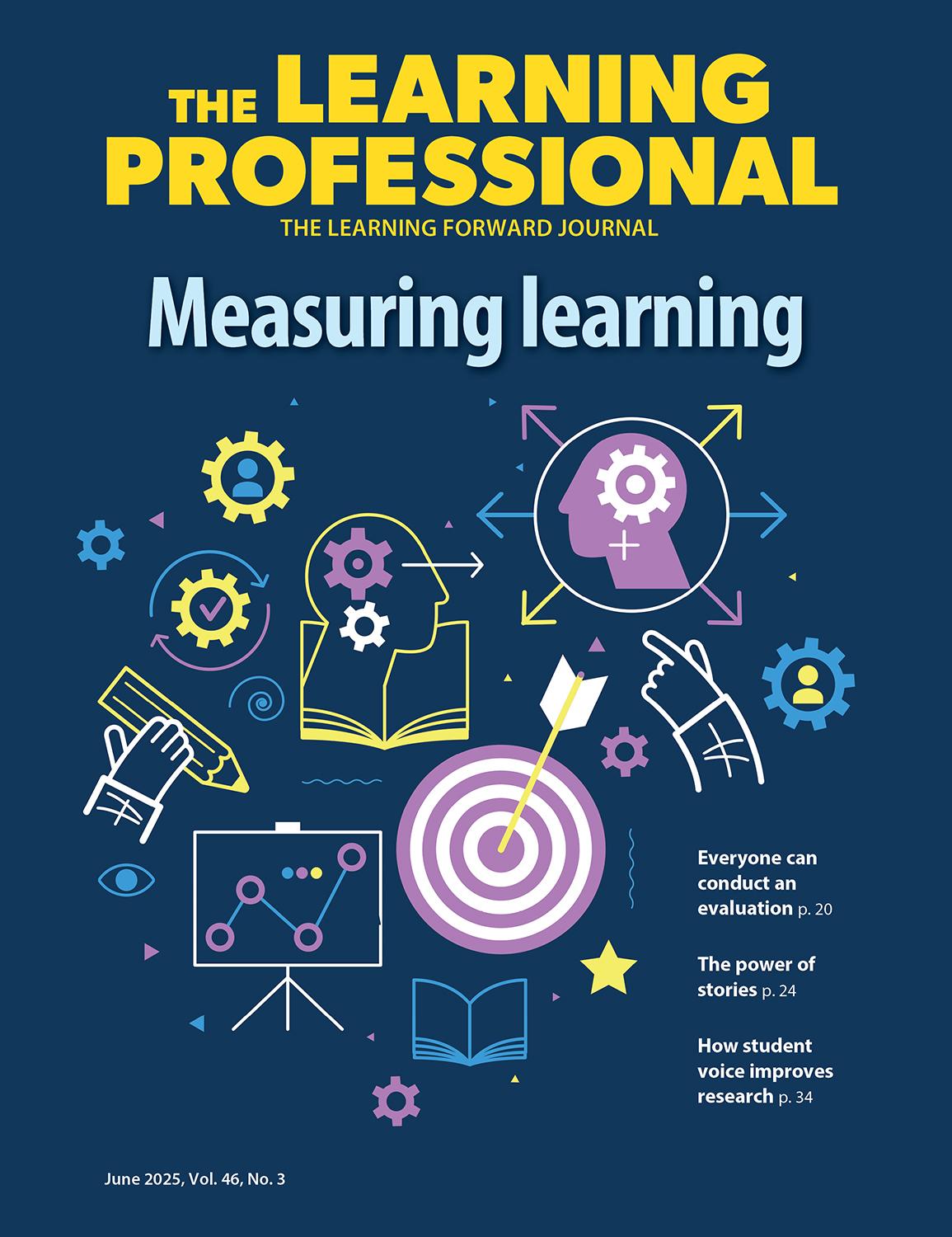Smart Currency
Defining literacy in the modern age is crucial to building professional learning that prepares students for the knowledge economy.
By Eric Celeste Celeste
April 2016
Read the remaining content with membership access. Join or log in below to continue.
Sed ut perspiciatis unde omnis iste natus error sit voluptatem accusantium doloremque laudantium, totam rem aperiam, eaque ipsa quae ab illo inventore veritatis et quasi architecto beatae vitae dicta sunt explicabo. Nemo enim ipsam voluptatem quia voluptas sit aspernatur aut odit aut fugit, sed quia consequuntur magni dolores eos qui ratione voluptatem sequi nesciunt. Neque porro quisquam est, qui dolorem ipsum quia dolor sit amet, consectetur, adipisci velit, sed quia non numquam eius modi tempora incidunt ut labore et dolore magnam aliquam quaerat voluptatem.
References
Learning Forward. (2011). Standards for Professional Learning. Oxford, OH: Author.
Murnane, R., Sawhill, I., & Snow, C. (2012). Literacy challenges for the twenty-first century: Introducing the issue. The Future of Children, 22(2), 3-15.
National Council of Teachers of English. (2013). The NCTE definition of 21st century literacies. Available at www.ncte.org/positions/statements/21stcentdefinition.
Obama, B. (2005). Literacy and education in a 21st-century economy. Available at https://obamaspeeches.com/024-Literacy-and-Education-in-a-21st-Century-Economy-Obama-Speech.htm.
Wei, R.C., Darling-Hammond, L., & Adamson, F. (2010). Professional development in the United States: Trends and challenges. Dallas, TX: National Staff Development Council.
World Economic Forum. (2016). The future of jobs: Employment, skills and workforce strategy for the fourth industrial revolution. Geneva, Switzerland: Author.
Recent Issues
NAVIGATING NEW ROLES
April 2025
Whether you’re new to your role or supporting others who are new,...
LEARNING DESIGNS
February 2025
How we learn influences what we learn. This issue shares essential...
BUILDING BRIDGES
December 2024
Students benefit when educators bridge the continuum of professional...
CURRICULUM-BASED PROFESSIONAL LEARNING
October 2024
High-quality curriculum requires skilled educators to put it into...








